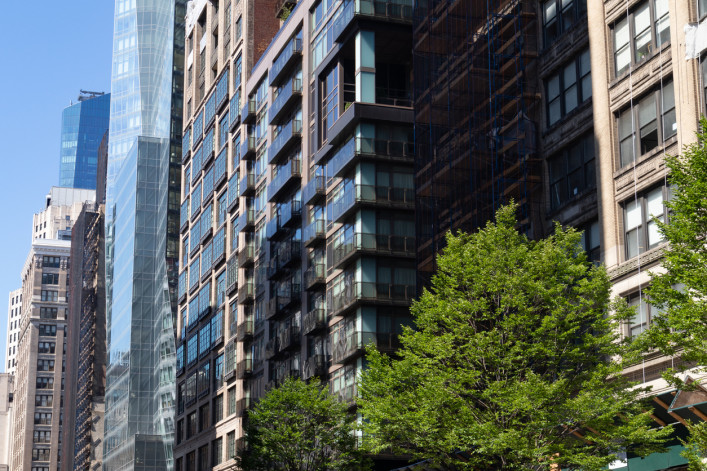What is assessed value and how is it used to calculate a pied-à-terre tax?

You can look up a property’s tax history on the Department of Finance's website, which can help you understand the tax rate for properties in a particular neighborhood or even within a building.
iStock
Owners of second homes in New York City may have to shell out more each year, if the annual pied-à-terre tax passes. But how the tax would be applied is tricky, and requires understanding how assessed value is calculated.
Under a proposal put forth by State Senator Brad Hoylman, pieds-à-terre in NYC would be taxed anywhere from .5 percent to 13.5 percent depending on a few variables: One- to three-family homes with a market value above $5 million would qualify, as would condos and co-ops whose assessed value exceeds $300,000.
Market value is simple enough to understand: It’s the value of your property, as determined by the Department of Finance (DOF), based on varying factors and market conditions — things like its location, amenities, age, and comparable sales for similar properties. Calculations for one- to three-family homes, which are considered Class 1 properties, are valued based on comparable sales while condos and co-ops, which are Class 2 properties, are valued based on comps for similar rental buildings. (It’s complicated.)
How does the city determine assessed value? To calculate it, DOF looks at the market value of a property and multiplies that by a percentage: 6 percent for Class 1 properties, and 45 percent for Class 2 ones.
“So the assessed value is much smaller than the market value,” says Ana Champeny, the director of city studies for the Citizens Budget Commission. Because the assessed value is a percentage of the market value, it will always be a lower number.
It also has annual caps: Class 1 properties cannot have their assessed value rise more than 6 percent per year, or 20 percent over a period of five years; for Class 2 properties, it’s 8 percent each year or 30 percent over five years. Once you have that number, it’s multiplied by the tax rate for a given year, and—minus any abatements or other qualifiers that could factor in—you’ll have your property tax rate.
But assessed values can also be much lower than market value because of how residential properties are classified. The example most frequently used—and the one that helped bolster the pied-à-terre tax argument—is Ken Griffin’s $238 million condo at 220 Central Park South. Despite paying such a large amount for the property, the assessed value of his condo, which is a Class 2 property, is just $4.2 million, leading to a tax liability of $531,000. If it was classified as a Class 1 property, the assessed value would be around $14 million. (Again, it’s complicated—and one of the reasons why many have pushed for property tax reform.)
If you already own a house or apartment, you should receive notices from DOF that explain your property tax valuation, including assessed value. But if you’re in the market to buy and curious what the assessed value (and thus, property taxes) of a house or apartment would be, you can figure it out yourself.
“Get yourself as informed as you can be,” says Neil Goldstein, a lawyer who is the chair of the real estate transactions and management department at the firm Robinson Brog. “What something is assessed for is available as a matter of public record.” You can look up a property’s tax history on DOF’s website, which can help you understand the tax rate for properties in a particular neighborhood or even within a building.
You Might Also Like




























